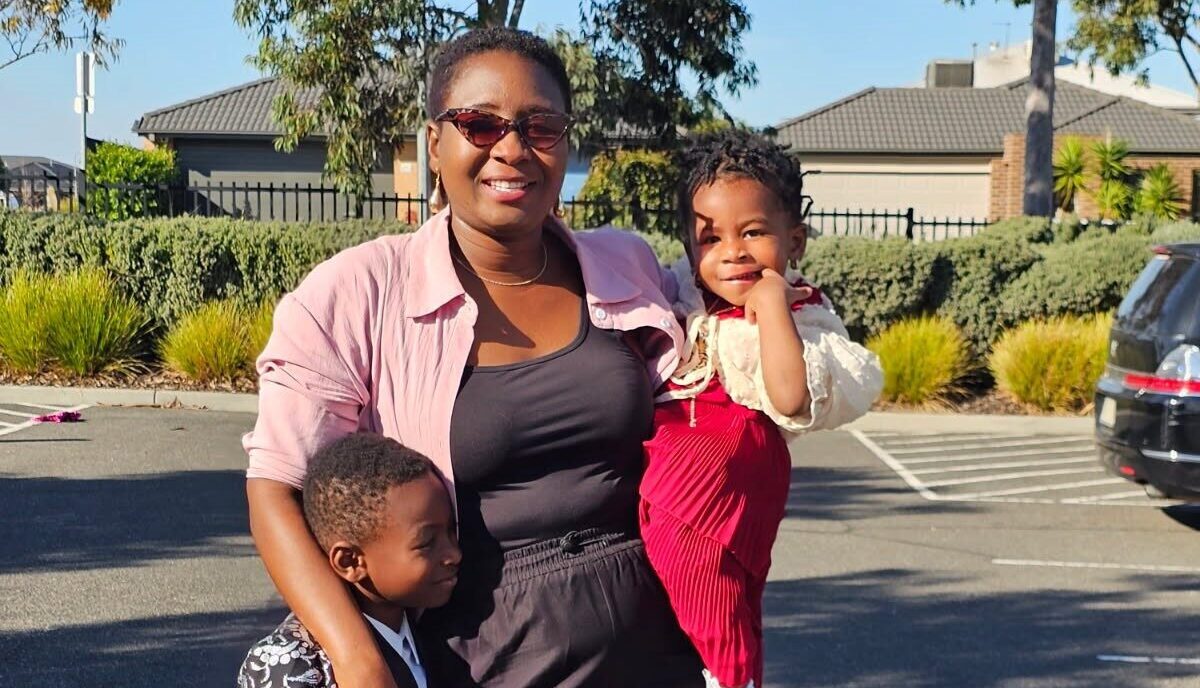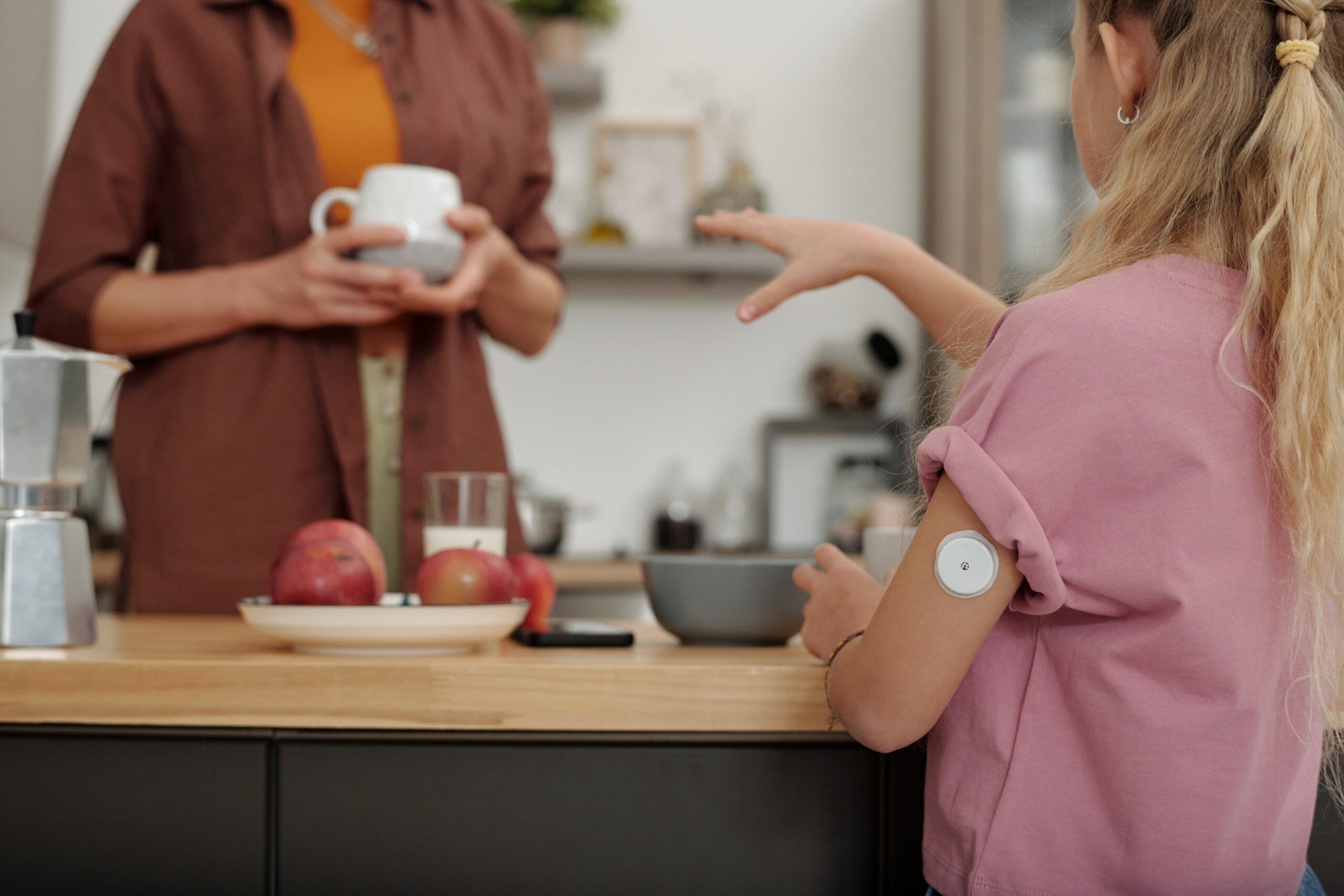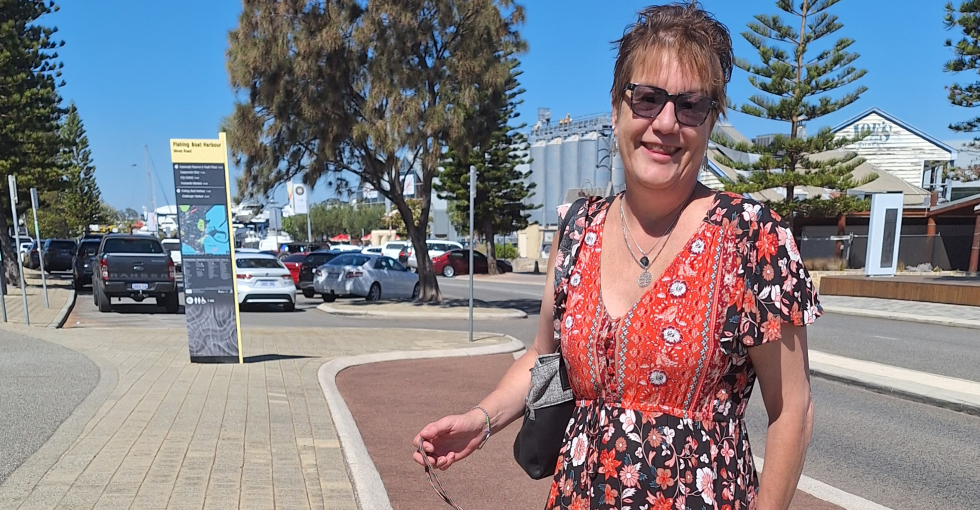Being supported by a diabetes educator helped ESTHER ADEBAYO stay on track through her pregnancy and gestational diabetes diagnosis. Read on for how the Diabetes WA clinic can help.
“I was diagnosed with GDM with my second pregnancy when I went to a midwife appointment and did the oral glucose tolerance test (OGTT). They told me I had high blood glucose levels and might have GDM. I didn’t believe the results, so I went and got a second opinion, which confirmed the diagnosis.
It was stressful to be suddenly thinking about my blood sugar all the time. Sometimes it would be high even when I hadn’t eaten anything. I was also afraid that if my levels didn’t stabilise, they would induce the baby early and I didn’t want that. Also, my dad has diabetes and seeing what he’s gone through made me want to make all the necessary changes.
I was given a lot of information from my midwifery team. I learned how to do my own blood tests, and what I needed to do to change my lifestyle and diet.
At first it was hard as I felt I couldn’t eat the foods I really loved, like watermelon. I increased my intake of fibre, switched to multigrain bread and downsized my plate. One thing that stuck with me was that my plate should be as colourful as a rainbow, and another was portion control, with more vegetables than carbs and protein. I realised I could still eat the foods I loved, just in smaller quantities.
Another area I focussed on was incorporating more exercise into my routine. The gym near me didn’t offer childcare, so I started walking more. I also got an exercise bike, a foam mat and a resistance band to do workouts at home.
The thing that helped me most of all during the pregnancy was getting information from my health team and not the internet, which stresses me out as it always gives you the worst-case scenario.
What I needed was the right information and the right support. My diabetes educator said to me, ‘This happens sometimes in pregnancy and here’s what you can do to stay on track.’
For me, the most stressful part of the whole experience was when they first told me I had GDM. I was so worried about what would happen to me, and if the baby would have diabetes, too. But they said to me, ‘the minute you have the baby it will go.’
And that is exactly what happened. After the baby was born, I had to go back to work, so it was harder to stay on track, plus I was getting less sleep, but I continued with the walking and healthy eating.
The risk for women who have had GDM is that you’re at a higher risk of developing type 2 diabetes later on, which is why I’ve worked hard to maintain my healthy diet and lifestyle. I recently introduced swimming to my routine, and if you check my freezer, you’ll see a lot more vegetables. My kids now eat better, we take a walk together, I sometimes jog in the mornings, and this all helps with my stress levels as well as my physical health.”
What is GDM?
Gestational diabetes mellitus, or GDM, remains the fasting-growing type of diabetes in Australia, with one in six pregnancies affected.
Risk factors for developing GDM include your ethnic background, having had a large baby and/or GDM previously, being on certain medications and being over the age of 35.
Although you can’t avoid all risk factors, you can make some simple changes to your lifestyle to either prevent or manage GDM.
How Diabetes WA helps women with GDM
Anyone in Western Australia can call our free helpline for advice and support from our team.
Call 1300 001 880 or email info@diabeteswa.com.au
If you’re living in a regional or rural area of West Australia and are diagnosed with GDM, your GP will refer you to Diabetes WA for support and monitoring throughout your pregnancy and beyond through Telehealth.
We also see women living in metropolitan areas who want to come to our clinic, either through their GP or self-referral.
What happens at the Diabetes WA GDM clinic?
Once we have a referral, we will arrange for an appointment within a week at our GDM clinic.
This first appointment is focussed on self-managing GDM, including how to take regular blood glucose readings.
Some women will buy a continuous glucose monitor while others will check four times a day using finger pricks. We’ll also give you a digital resource book about GDM.
After that, we catch up every week over the phone or via email to check on BGLs.
We recommend that women see one of our dietitians to learn more about what to eat, focussing on quality carbohydrates and nutritionally complete foods to fuel mum and bub throughout the pregnancy.
We support women to understand the impact of different carbohydrates on blood glucose levels, and how to keep them stable.
We will check in six weeks after the birth to see how you are going. You’ll repeat the oral glucose tolerance test (OGTT) six to twelve weeks after the birth and then get a blood test annually through your GP.
Supporting women after gestational diabetes
Women who have GDM during pregnancy have a higher risk of developing type 2 diabetes later on.
The Baby Steps program is offered to women previously diagnosed with gestational diabetes and is designed to empower them to make lifestyle changes, meet other mums and reduce the risk of developing type 2 diabetes.
This free online program offers short videos, learning sessions and interactive activities and covers food choices, exercise and managing stress and medications.
Have you recently been diagnosed with GDM and would like some support?
Get in touch with us on 1300 001 880.




